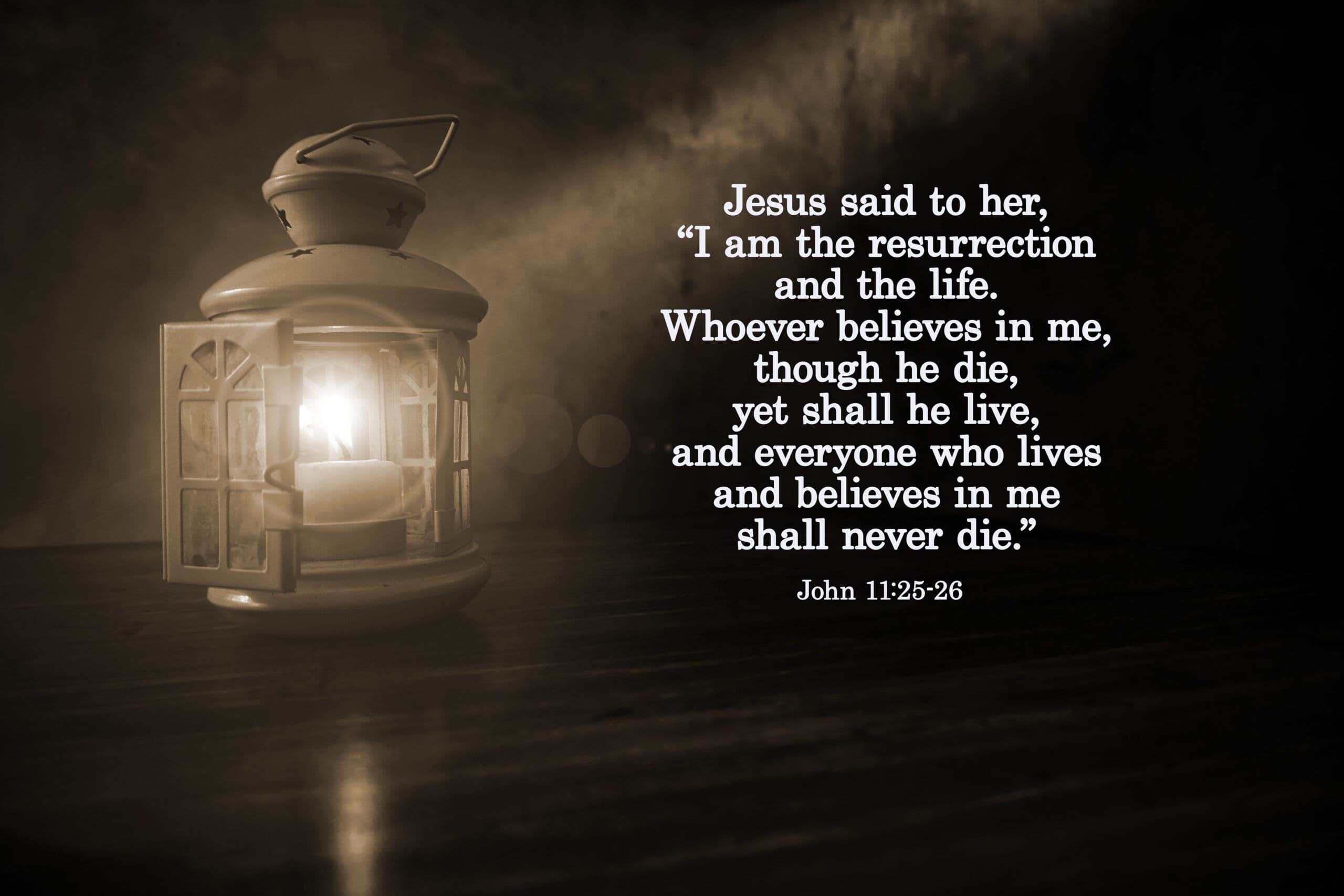As a Christian, I have long utilized the principle I call, “Downhill Theology” – the idea that we must first anchor ourselves in the clearest, most foundational teachings of Scripture before attempting to interpret more complex or seemingly contradictory passages. This approach is not merely a hermeneutical device, but a safeguard against the “tragic interpretive blunders” that have plagued the church throughout history.
Consider, for instance, the debate surrounding the Epistle of James. Many have struggled to reconcile James’ emphasis on the necessity of works with the doctrine of salvation by grace through faith alone. Some have even gone so far as to claim an irreconcilable contradiction between the two apostles. However, by applying the principle of “Downhill Theology,” we can navigate these troubled waters with confidence.
The key is to start with the clearest, most straightforward teachings, exemplified in passages like John 3:16. From this solid foundation, we can then approach the seemingly difficult sections of James, understanding them in light of the broader, “unambiguous” passages of Scripture. This ensures orthodox views and remaining steadfast in our grasp of the fundamental truths of Christianity.
This is the power of “Downhill Theology” – it enables us to maintain theological stability and assurance, even when certain details elude us. By consistently referring to the clearest and most straightforward teachings, we can avoid the pitfall of reading our own preconceptions into the text (eisogesis). Instead, we can humbly submit to the authority of Scripture and allow the simpler passages to shed light on the more complex ones.
Here is, perhaps, another example…Romans 10:9-10.
(Note that I will not go deep here as that is best left to another article, but simply wish to illustrate the principle.)
I have seen individuals use Romans 10:9-10 as a way to evangelize…give the message of eternal life. Paul’s teachings are not easy. Even Peter states that in 2 Peter 3:16. There is an issue within this Romans passage that could lead to difficulties. It mentions confessing with one’s mouth. Does this mean that someone is not saved (eternal life) if they do not confess with their mouth? What about someone who is mute? If we go to clear passages involving the message of eternal life (John 3:16, John 6:47, Acts 16:31) where no mention is made of confession, then, perhaps, we are incorrect in our view of the Romans passage? Note that other hermeneutical principles need to be utilized like the Analogy of Scripture, Contextual Analysis, Historical Analysis, etc. to gain a complete picture.
Ultimately, “Downhill Theology” is a safeguard against misinterpreting the Bible. It is a vital tool for the faithful Christian scholar, guiding us to rightly divide the word of truth and proclaim the simple message of the biblical gospel. In an age of theological confusion and debate, this principle stands as a beacon of clarity, inviting us to scale the heights of Scripture through the steady descent of sound interpretation.


